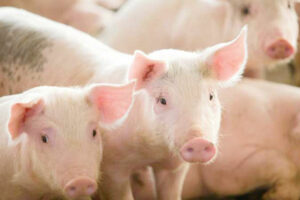THE hog industry will require P48.18 billion to return the herd to its pre-African Swine Fever (ASF) population levels, as well as to make the industry globally competitive by 2026, according to an industry plan issued by officials of the Department of Agriculture (DA) from the last administration.
The five-year swine production intervention program, which was launched last year, will use P26.65 billion for repopulation and the establishment of nucleus and multiplier farms.
“The hog industry faces a big challenge in the years ahead, posed by the ASF epidemic that affected several areas in the country. It needs a boost to propel it back to where it was before; progressive, profitable, and a major contributor to local economic growth… the government needs to provide a substantial budget to support the industry,” former Agriculture Secretary William D. Dar said in the industry roadmap.
According to the plan, the government focus will be on helping swine growers make their operations sustainable en route to increasing their competitiveness.
“This includes the repopulation of hog inventory through clustering of pig producers especially the backyard raisers, financial and infrastructure support to the industry, technical staff development and establishment of a reliable industry management information system,” it added.
The plan also details the need for reduced input costs, modernized and restructured post-production and marketing systems, increased access of smallholder farmers to information and extension services, and improved food safety regulations and standards.
“The Philippine hog industry is a private-led industry that thrived through the years. It is a major contributor to the local economy among the agriculture sector. Its output is the highest among the livestock and poultry sector in terms of volume and value of production,” according to the report.
In 2019, the DA confirmed the first case of ASF in the Philippines.
“A lot of farms closed, and animals were killed and buried to control the spread of the disease. Inventory of hogs decreased dramatically such that prices of pork went up. It affected consumers in the middle of the COVID-19 pandemic, making the situation worse,” the DA said.
“Given the scenario and the challenges brought about by ASF and the pandemic, the government must do something to rehabilitate and repopulate the Philippine hog industry. The industry needs to reboot,” it added. — Luisa Maria Jacinta C. Jocson
